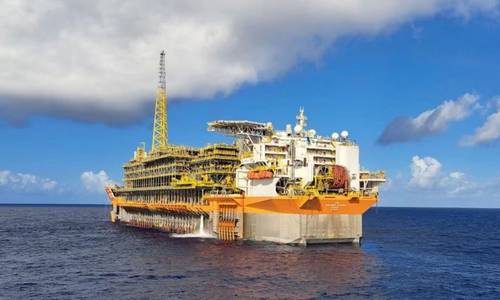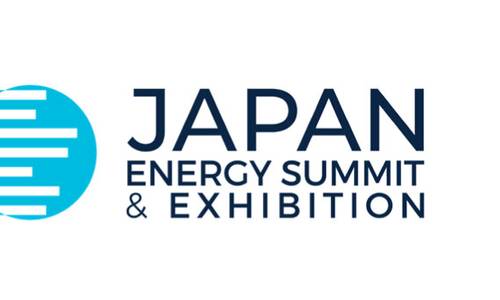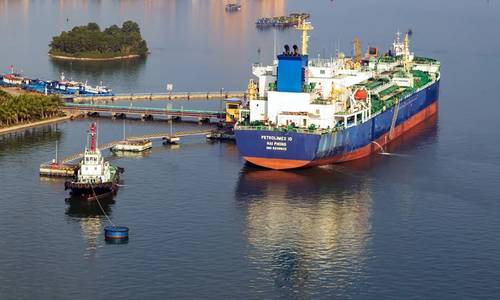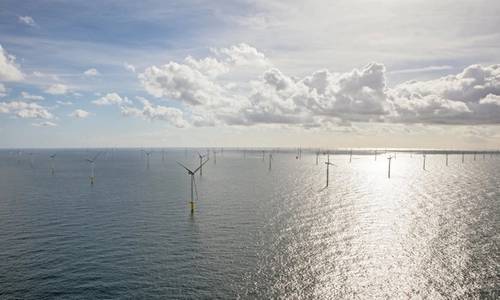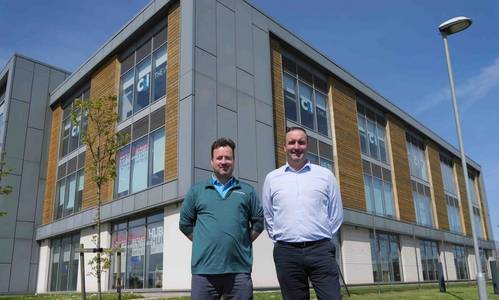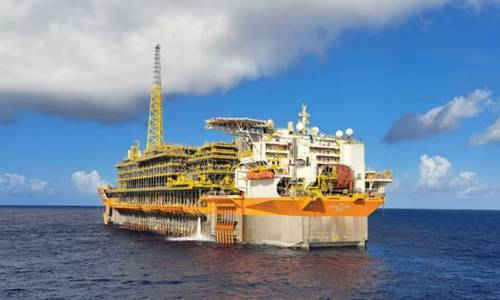Equinor's Troll Gas Field Outage Extends to end of May
May 27, 2025
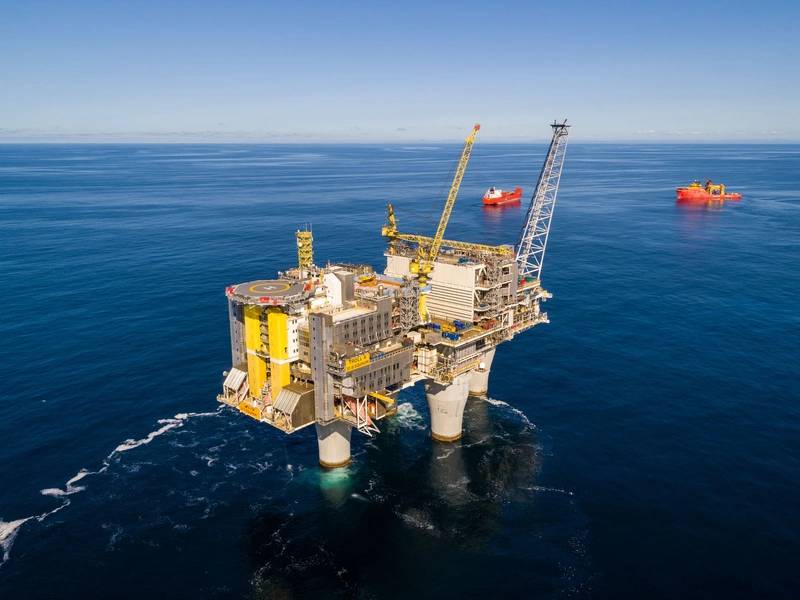
Equinor has extended a partial outage at Norway's Troll natural gas field until May 31 due to a compressor failure, the company said in a regulatory filing on Monday, pushing European gas prices higher.
Norway in 2022 overtook Russia as Europe's biggest supplier of natural gas when Moscow's full-scale invasion of Ukraine upended decades-long energy ties.
Troll, Europe's biggest natural gas field, has seen outages of various scope since May 21 when an annual one-day stop-start test was performed.
"Following a test, we identified a need for corrective maintenance on Troll A on Friday," a spokesperson for field operator Equinor said in a statement, referring to the name of one of the field's offshore platforms.
Gas production will be reduced by 34.6 million cubic metres per day (mcm/d) from Monday, May 26 to Friday, May 30 at 0400 GMT, leaving in place a remaining output capacity of 90 mcm/d, the regulatory filing posted on the Gassco website showed.
A separate filing showed that an outage of 16.2 mcm/d was planned from May 30 to May 31, ending at 0400 GMT on Saturday.
About Troll Gas
Containing about 40 percent of total gas reserves on the Norwegian continental shelf (NCS) the Troll field represents the very cornerstone of Norwegian gas production. The field consists of the main Troll East and Troll West structures in blocks 31/2, 31/3, 31/5 and 31/6 in the North Sea.
The Troll field is located in the northern part of the North Sea, about 65 kilometres west of Kollsnes near Bergen.
Troll is also one of the largest oil fields on the NCS. In 2002 the oil production totalled more than 400,000 barrels per day.
Equinor is the operator of the Troll A, B and C platforms and the landfall pipelines, whereas Gassco is the operator for the gas processing plant at Kollsnes on behalf of Gassled. Equinor is the technical service provider for Kollsnes operations. The enormous gas reservoirs 1,400 metres below sea level are expected to produce for at least another 70 years.
Troll Gas consists of the Troll A platform, the gas processing plant at Kollsnes near Bergen, and the pipelines between the platform and onshore plant.
Norske Shell was responsible for the first Troll East gas development phase, which received the green light from the Norwegian parliament in December 1986. Four years later we agreed with Shell to move the processing facilities originally due to be installed on the A platform to a plant onshore at Kollsnes near Bergen. This made it possible to build a simpler offshore gas production platform than originally planned, with less crew members.
The Troll A Condeep platform is the tallest structure ever moved by people over the surface of the Earth. Its gravity-based substructure has been built for a producing life of 70 years. Troll A was the first platform on the NCS to receive power from shore.
Equinor took over the Troll Gas operatorship from Norske Shell on 19 June 1996 with gas coming on stream in the first half of that year, marking the completion of the gas development. Gas deliveries from field under the Troll sales agreements started on 1 October the same year. Up until then the commitments in the agreements that entered into effect on 1 October 1993 had been met by deliveries from the Sleipner East field in the North Sea.
As gas is produced in the Troll field, the pressure in the reservoir drops. More compression is therefore needed to help drive the gas production through the pipelines to Kollsnes. Consequently, four compressors have been installed on the A platform, powered from shore. As a result, there are zero carbon dioxide and nitrogen oxide emissions from the installation and from the gas processing plant onshore.
Up until August 2021 the Troll West oil was produced towards Troll B and Troll C. In August 2021 the Troll West gas cap was put on stream through eight subsea wells producing towards Troll A. This project increases the Troll gas production by 347 billion standard cubic metres.
(Reuters + Staff)

